
Analytics: Analytics are data that can be used to report trends in your website, campaign, or company’s performance. Sometimes we use Analytics to mean “Google Analytics” which is a product Google provides to you to measure things such as web visitors, bounce rates, page sessions, browser usage, geographics, demographics, and other such insights.

Bounce Rate: Bounce rate is the rate of users who visit a page on your website and take no further action (such as navigating to other pages for more information or filling out a form). A high bounce rate can be seen as an indicator of poor performance.
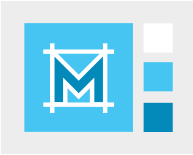
Brand Identity: Your brand identity is the sum of visual cues (your name, your color, your logo) that represent your brand. An effective brand identity is immediately recognizable to its customers.
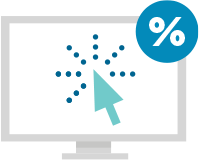
Click Through Rate: Click Through rate is rate of clicks/impressions an ad has. This is a good indicator of an ad’s relevance to a user’s search.

CMS: Content management system. This is often referred to the back-end of your website where you or your web manager updates the content on your website. ZDI creates custom CMS modules for our clients all the time.
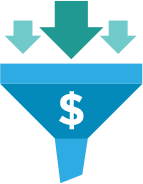
Conversions: Conversions are actions a person takes on your website that show they have “converted” from a user to a customer. These can be leads, phone calls, or cart check-outs. These are a good indicator of your website’s performance.

CRM: Customer relationship management. You will see & hear this acronym when people are discussing how to manage your contacts & leads from marketing for your sales team. There are many powerful CRM tools in the market today and we can discuss which ones would work best for you.

Digital Marketing: Digital marketing reaches people in their digital environments by utilizing marketing strategies across digital platforms such as email, social media, search engines, paid ads, & your website.

eCommerce: eCommerce is a word used to describe “electronic commerce.” eCommerce websites utilize a shopping cart function that allow your clients to purchase items on your website. We develop eCommerce websites with a seamless end-to-end transaction.

KPI: Key Performance Indicators are metrics used to measure performance. An example of this could be Web Visitors or Conversions.
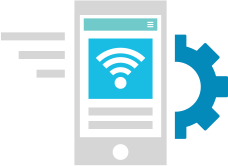
Mobile Optimization: Mobile optimization means to design your website to be effective for users on a mobile device. Did you know that over half of web traffic is on a mobile device? This number has been growing exponentially year after year.

PPC: Pay-per-click. This is a digital marketing strategy that allows you to bid for ad placement on various platforms: whether it be Google, Facebook, or a variety of other websites. This can be a powerful way to get your brand in front of relevant searches or be used in remarketing for brand recognition and recalling customers back to your website.

Responsive Design: Responsive Design is web design that starts with the knowledge that we cannot control the browser or screen a user is on, so we build scalable websites that work on a variety of platforms and devices for the best user experience across the board.

Retargeting/Remarketing: Remarketing is a powerful component of any digital marketing strategy. Remarketing targets ads to your recent (Windows within 3-180 days) web visitors. This is great for reminding potential customers to return to your website if they did not make a purchase or submit a lead.

ROI: This stands for Return-On-Investment. This is a good indicator for the efficiency & effectiveness of a given marketing strategy.

SEM: Search engine marketing. This is a particular kind of PPC campaign that allows you to bid on keywords so that your ad appears alongside organic web search results.

SEO: Search engine optimization. The way your website is written and organized is very important to search engines such as Google. The content on your website is analyzed by Google’s algorithms to see how relevant & useful it is to users. Those of us who specialize in SEO know how to write, organize, & design a website that is best for search engine optimization so your company can appear at the top of Google’s search results.

UI/UX: User interface & user experience. These are terms that are often seen together however they have distinct purposes in web & app design.
User Interface is the way your website or application is engineered and navigated. This can be through images (most often), and also through other means such as video and sound. Designing with User Interface in mind takes into account a user’s intuition to use certain features, their ease of finding information, and basic usability of the app or website. UI is a subset of User Experience.
User Experience is used to describe the user’s own emotions and engagement with the totality of the website. Designing with User Experience in mind takes into account the user’s pleasure, efficiency, & fun. UX can be seen as an extension of your brand’s image, so the best marketing & design agencie will know how to convey the right UX for your brand.
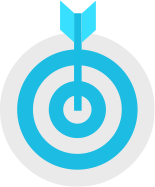
Verticals: Verticals are targeted niches in your industry or sector that you would like to reach. Verticals are narrowly focused and can be contrasted with a broader strategy such as “casting a wide net”.